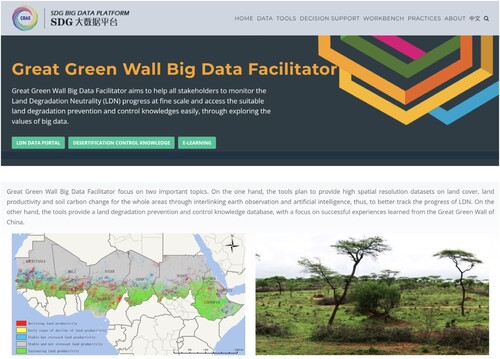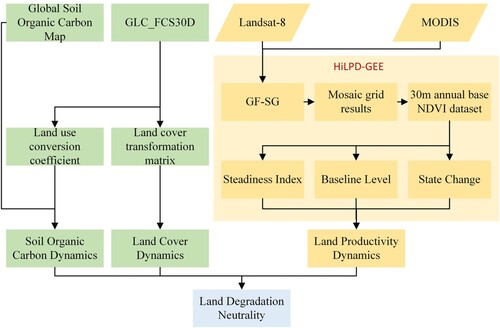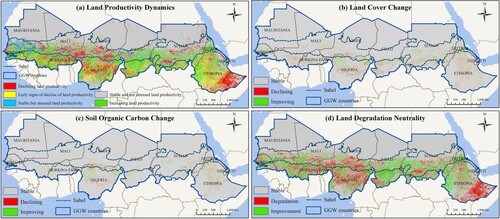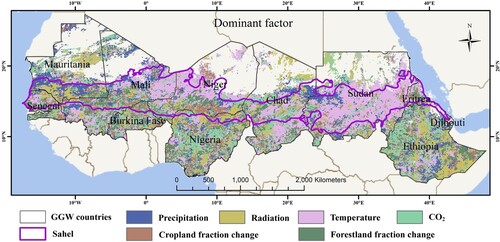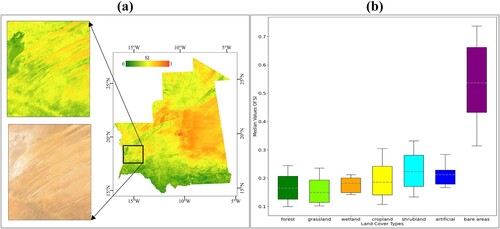Figures & data
Figure 2. Synthetic workflow of the basic structure of the GGW-BDF: functions and technological components. GGW-BDF, Great Green Wall Big Data Facilitator.

Figure 3. GGW countries and Sahel regions. Data source: https://zenodo.org/records/8239305. Data were reclassified. GGW, Great Green Wall.

Table 1. Radiometric calibration parameters for the SDGSAT-1 TIS.
Figure 5. GGW-BDF LDN Data Portal. GGW-BDF, Great Green Wall Big Data Facilitator; LDN, Land Degradation Neutrality.
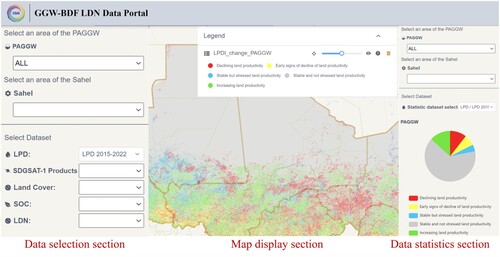
Supplemental Material
Download MS Word (971.1 KB)Data availability statement
The data supporting the findings of this study are available from the corresponding author, Tong Shen, upon reasonable request.

